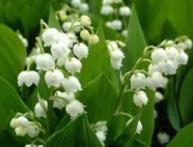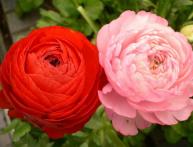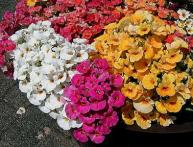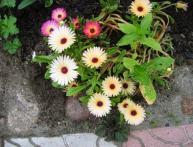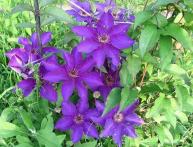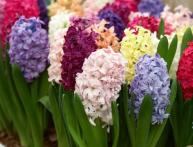Growing Platycodon - learning the intricacies
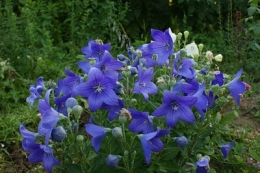
Platycodon can be mistaken for a bell, but it is very large. This plant is popularly called the wide bell plant, denoting the size of its flowers in the name. From Greek, the name of the flower is translated as “wide bowl,” which describes Platycodon very well.
Platycodon is a perennial, its stems are strong and grow up to 50-60 cm in height. The leaves are medium-sized, lanceolate in shape. The color of Platycodon flowers varies from white to purple, from pink to white with blue veins; the size of the flowers is about 8 cm. Flowering lasts from the end of July and lasts a month, after which seed pods are formed. Platycodon can grow in one place for 6-7 years without needing a transplant.
Growing Platycodon different varieties in the same garden requires taking into account the fact that plants are cross-pollinated, and, therefore, it will not be possible to preserve their varietal properties: hybrids will be obtained from the seeds. Therefore, if you want to preserve the varietal characteristics of plants, grow one variety of Platycodon on your site.
This plant prefers light, well-drained and nutrient-rich soil. He needs to find a sunny, open place in the garden.
Another subtlety that characterizes the cultivation of Platycodon is the late appearance of its shoots in the spring (sometimes only at the end of May). Because of this, many gardeners think that the plant is dead, dig it up and throw it away. Should not be doing that! Do not dig up flower beds with Platycodon ahead of time.
Platycodon can overwinter without shelter, but still mulch the neck of the plant with peat or humus with a layer thickness of 1-2 cm.
Platycodon requires gartering of stems; wind or heavy rain can bend them to the ground and break them.


